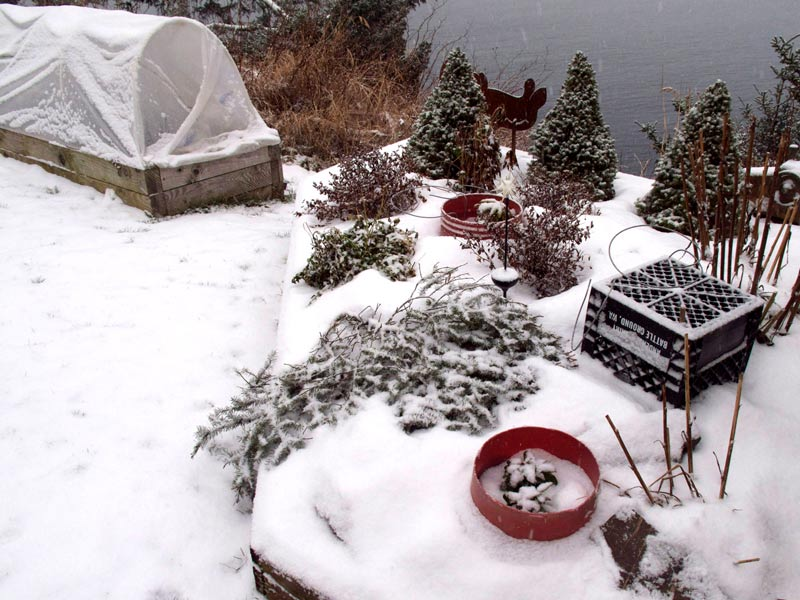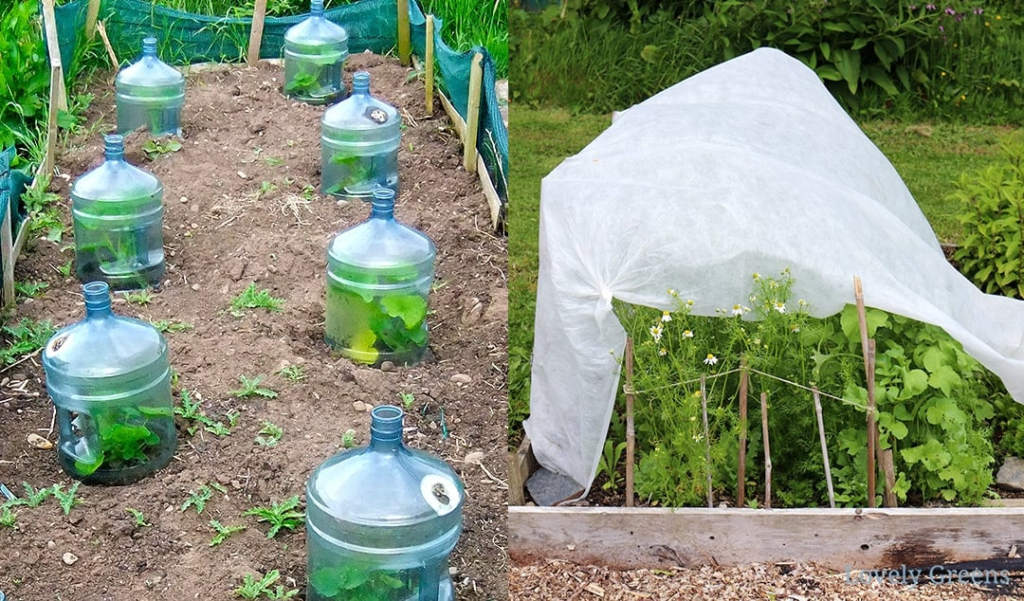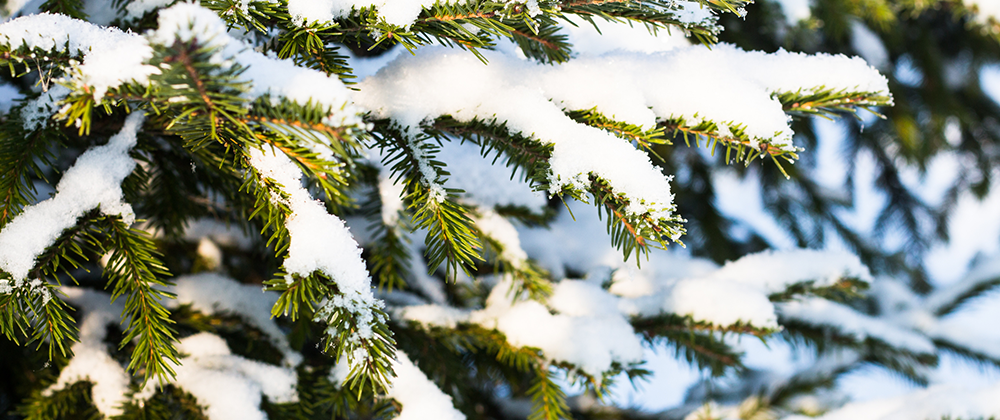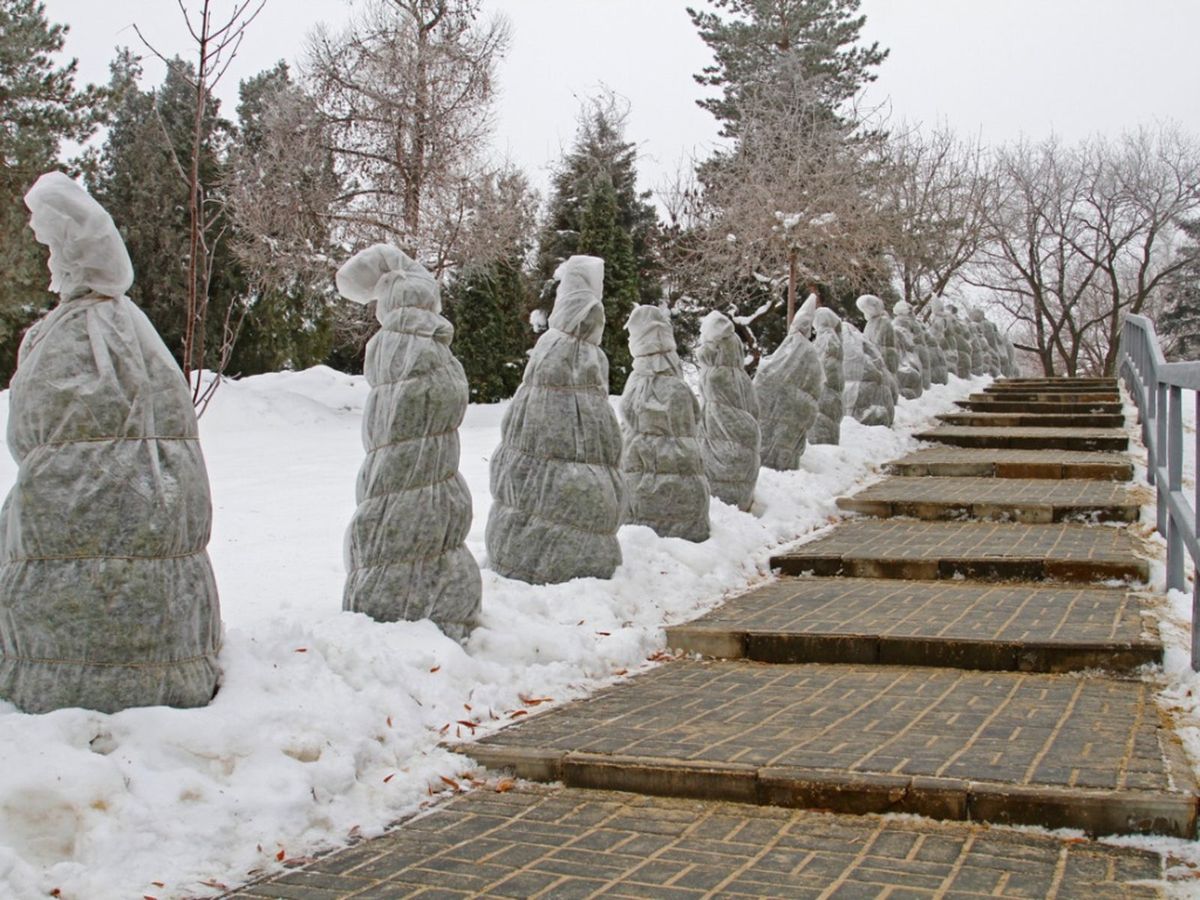Winter snow can create a beautiful landscape, but for gardeners, it also presents challenges. Snow is not just cold—it’s heavy, and the weight can damage plants and structures in your garden. However, with proper planning and a few protective measures, you can safeguard your garden against the harsh effects of winter snow.
Understanding Snow’s Impact on Plants
While a light covering of snow acts as an insulating blanket, protecting plants from extreme cold, deeper snow can cause more harm. Wet, sticky snow is especially problematic as its weight can flatten plants, especially smaller ones. The good news is that there are ways to protect your plants from this damage.

Protecting Smaller Plants
Smaller plants are relatively easy to protect from snow. Transparent plastic storage boxes can serve as effective cloches, allowing sunlight to reach the plants while shielding them from the snow. Just remember to brush off any snow that may accumulate on the box. For short-term protection, an upturned plant pot can also work well. For seedlings, consider cutting the bottom off plastic drinks bottles and placing them over the plants.

Protecting Larger Plants
Larger plants need more substantial protection, such as low tunnels, which can be easily constructed using plastic water or gas pipes. These can be cut to size and bent into hoops. Secure the ends by sliding them over rebar or rigid piping, and link them with a central crosspiece. Once set up, you can cover the tunnel with plastic to keep the plants warm and dry. Just make sure to clear any snow accumulation to prevent the structure from collapsing. Avoid using row cover fabric, as it can tear under the weight of the snow.
Special Care for Evergreens
Evergreen plants are more vulnerable to snow damage than deciduous plants. Heavy snow can cause their branches to splay, ruining their shape. To minimize this risk, trim evergreens in the summer to help them taper towards the top. In winter, use a long-handled broom or rake to gently dislodge snow from evergreen shrubs and hedges. This will prevent them from being overwhelmed by the snow’s weight.

Protecting Garden Structures
Snow isn’t just a concern for plants—it can also damage garden structures. Sheds, greenhouses, and fruit cages are all at risk. Regularly remove snow from the roofs of sheds and greenhouses, especially if it’s accumulating in large amounts. Hoop houses, like low tunnels, are designed to shed snow, but if it builds up, it can collapse the structure. Similarly, snow on fruit cage netting can cause it to sag and damage the frame or plants inside. To avoid this, remove netting from fruit cages after the growing season, especially if early snowfall is expected.
Winter Crops and Snow
Snow can actually benefit some winter crops by insulating the soil, preventing it from freezing too hard. Root vegetables like parsnips can still be harvested under the snow, though finding them may be a challenge! Brussels sprouts, cabbage, sprouting broccoli, and hardy leeks can also withstand snow and remain in good condition for harvesting even in winter.
Final Thoughts
Although snow presents challenges for gardeners, with a little preparation and regular attention, you can protect your plants and structures. Whether you’re reinforcing plant protection, dislodging snow from evergreens, or clearing your garden buildings, these tasks can help keep your garden healthy and thriving through the winter months.
Do you have any tips for managing snow in your garden? Share them in the comments below!
